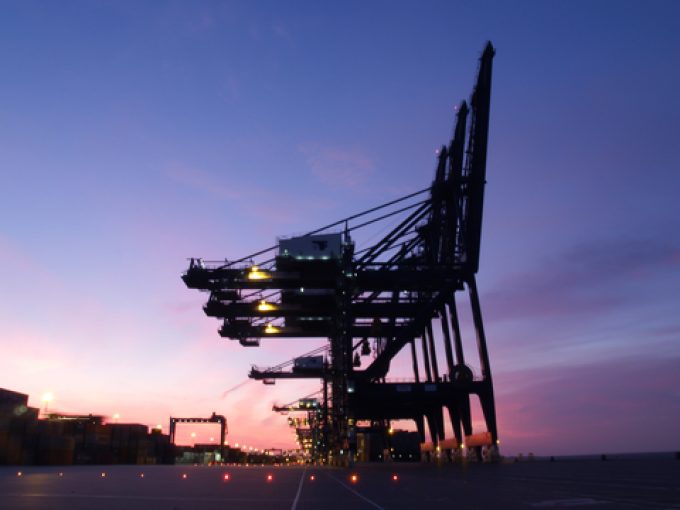Tradelanes: Front-loading has put traditional intra-Asia Q3 peak in doubt
Intra-Asia rates have corrected this month, due to a combination of factors. Drewry’s Intra-Asia Container Index ...

The threat of dock strikes at Felixstowe and Liverpool next month, together with the potential resumption of industrial action at German ports, add to the supply chain woes of Asia-to-North Europe shippers.
Moreover, the risk of further disruption to carrier networks as they attempt to navigate ...

Comment on this article